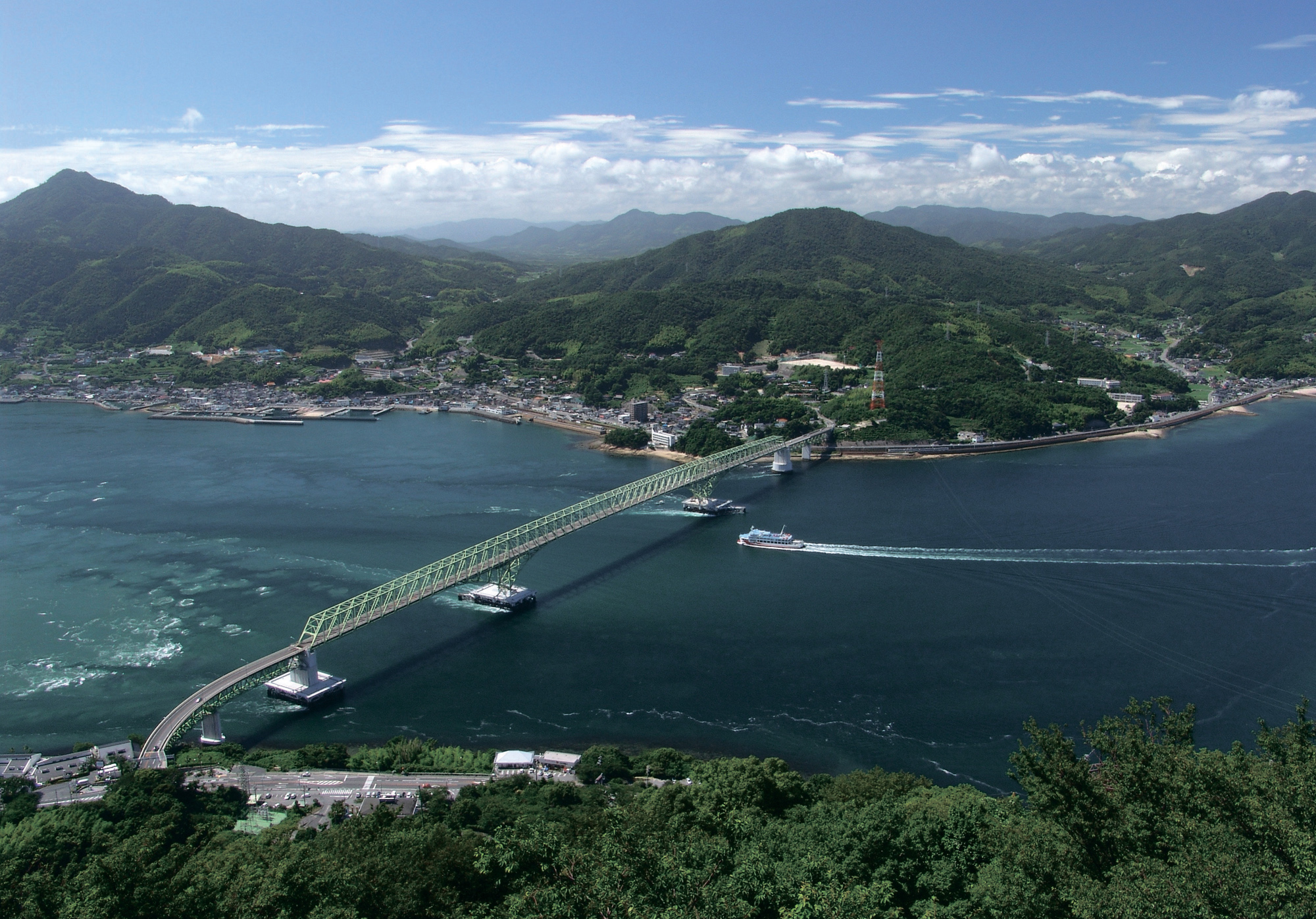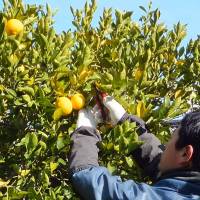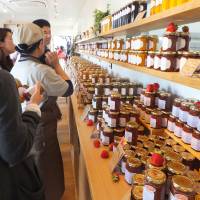Tadashi Matsushima is a successful example of someone relocating and starting a business in a rural area. He is the owner of Jam’s Garden in Suō Ōshima in Yamaguchi Prefecture. He and his staff of 30 make 150,000 jars of jam every year.
Matsushima and his wife traveled to France on their honeymoon and while his wife was shopping in an accessory shop, he entered the store next door to kill time. That was where he encountered confiture. The shop shelves were stacked with bottles of an amazing variety of preserves from top to bottom. He had never encountered anything like it in Japan.
He had a vague idea that he wanted to start his own business someday, and he decided that this was it. After quitting his job at an electric utility at the age of 35, he started his jam factory in his wife’s hometown of Suō Ōshima, on an island in the Seto Inland Sea.
His father-in-law offered part of his temple in Suō Ōshima to start his business. Today, what is now a complex made up of a factory, shop and cafe started from a small space inside a temple.
“Actually, a temple and jam is not a surprising combination,” said Matsushima. He explained that parishioners often give temples gifts, which are frequently locally produced fruits and vegetables, and it is against their practices and beliefs to waste what they are given. Therefore, they have a tradition of making preserves.
As he gradually developed his business from a small space to a company with more than two dozen employees, he has always been thinking of ways to revitalize the island that is suffering due to Japan’s rapid aging.
Young people leave the island because they cannot find ways to make profits there. To make profits, new values need to be created. “Products that satisfy the diversity of people’s tastes can create a new value,” he said.
Monoculture farming on flat plains is efficient, but standardized crops are not suitable for creating diverse products. Islands and mountainous areas are usually regarded as unsuitable for agriculture because it is hard to keep the quality of crops consistent. Uneven land, varying amounts of sunlight and differences in soil composition make it difficult to produce a large quantity of a single crop with consistent quality.
“But such features are advantageous in pursuing diversity,” said Matsushima. For example, hassaku oranges grown in a cooler place in the shadow of other trees are bitterer than those receiving sufficient sunlight on the southern slope of a mountain. “We can enjoy two different flavors: a sweet one and bitter one, or even more, by adding chocolate that goes well with the bitterness and so on,” he said.
As a result, Jam’s Garden has more than 70 varieties just in the marmalade section. “Fruits and vegetables that could not be brought to market due to size and quality variances can now be used appreciated,” Matsushima said.
This way, he hopes to make farming in satoyama (the mountains, hills and woods adjacent to rural communities all over Japan) areas more sustainable and create jobs with Jam’s Garden. Revitalization of the local economy helps stem the depopulation trend, which will save satoyama areas from being abandoned. “Consumers are also participating in the preservation of the environment in rural areas,” he said.
To assist the people like himself who want to live and work on the island, he is now leading a group called Shima Class. They organize events such as beach-cleaning days, when newcomers can network with area residents to find ways to create new values using existing resources.
This series introduces municipalities and local companies promoting the beauty and excellence of deep Japan.




















With your current subscription plan you can comment on stories. However, before writing your first comment, please create a display name in the Profile section of your subscriber account page.